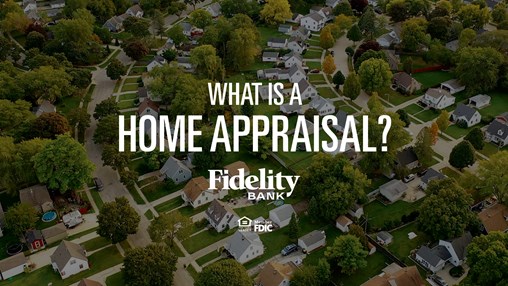PRIVATE MORTGAGE INSURANCE, EXPLAINED
PRIVATE MORTGAGE INSURANCE, EXPLAINED
6/7/2023What you need to know about private mortgage insurance
When you take out a mortgage to buy a home, you make monthly payments until the loan is paid off. A portion of each payment goes toward the interest you owe and the principal amount of the loan. Some borrowers have an additional expense in their monthly payment: private mortgage insurance, or PMI. While PMI provides some protections for the lender, it can also be very valuable for the borrower as it may help them obtain financing with a lower down payment.
What is PMI?
Borrowers who put down less than 20% of the purchase price as a down payment on a conventional mortgage are required by the lender to purchase a private mortgage insurance policy. This policy is in place to protect the lender in the event that the borrower stops making payments and defaults on the loan. If a borrower is required to have PMI to qualify for the loan, the lender makes arrangements with a private insurance company to establish the policy.
Lenders demand this protection on conventional loans because they are not insured by a government entity. The lender may also plan to sell the mortgage to Fannie Mae, Freddie Mac or another entity in order to be able to create the capacity to make more home loans. These government-sponsored and private or public entities have requirements for the loans they buy, including mandating private mortgage insurance for borrowers who put less than 20% down. Conventional loans that meet Fannie and Freddie requirements are also called conforming loans.
How are PMI premiums determined?
The cost of a PMI policy will vary from borrower to borrower. The amount of the down payment and the homebuyer’s credit score are two of the most influential factors that determine the price of a policy. Both are indicators of the risk associated with extending the loan.
Lenders use the amount of the down payment, along with the purchase price or appraisal value, to calculate the borrower’s loan-to-value (LTV) ratio. The lower the down payment, the higher the LTV and the greater potential for a default, in the eyes of the lender. That risk gets factored into the PMI policy, so high LTV borrowers have higher monthly premiums. In general, a PMI policy is cheaper the closer the borrower gets to paying 20% down.
The borrower’s credit score is also a key indicator of their ability to repay the mortgage. This score represents the borrower’s credit history, including the amount and types of credit they have taken out and their track record of repayment. Lenders consider individuals with high credit scores less of a default risk. When it comes to PMI, the higher the borrower’s credit score, the smaller the insurance premium.
How to get rid of a PMI requirement
If you find yourself being required to carry a PMI policy with your mortgage, know that it is only temporary. There are a few ways that you can get the requirement removed and lower your monthly payment.
Making your mortgage payment each month and paying extra toward the principal, if possible, helps you build more equity in your home. For most loan types, once your loan balance hits 78% of the original purchase price or appraised value, the company servicing your mortgage must stop charging PMI premiums. Getting to that percentage as fast as you can will get you out of the additional cost of PMI. You do not have to wait until you hit the 78% mark to get PMI removed. Once you have obtained 20% equity in your home, you should contact your lender and request a cancellation of your PMI requirement. Since you will be at the level of equity that would have prevented you from being required to carry PMI in the first place, your lender will most likely agree to remove it.
Lenders may charge a fee for this service as they will have to determine that the value of the property has not decreased since your purchase. If it has not decreased, the lender will remove the mortgage insurance as long as you have made all of your payments within the month they are due.
You may also be able to remove PMI from your payments by refinancing your loan. A mortgage refinance will result in new loan terms, including interest rate and payment amount. There are additional costs to refinance your loan, and it is most advantageous if interest rates have fallen since you obtained your mortgage. Your lender can help determine if refinancing will remove any PMI requirements and help you decide if it makes financial sense.
Get informed
PMI can help a borrower with a low down payment achieve the dream of homeownership. As you proceed with your home buying journey, be sure to discuss PMI with your lender. We have a team of them ready to help answer your questions.
Additional reading
Calculators

